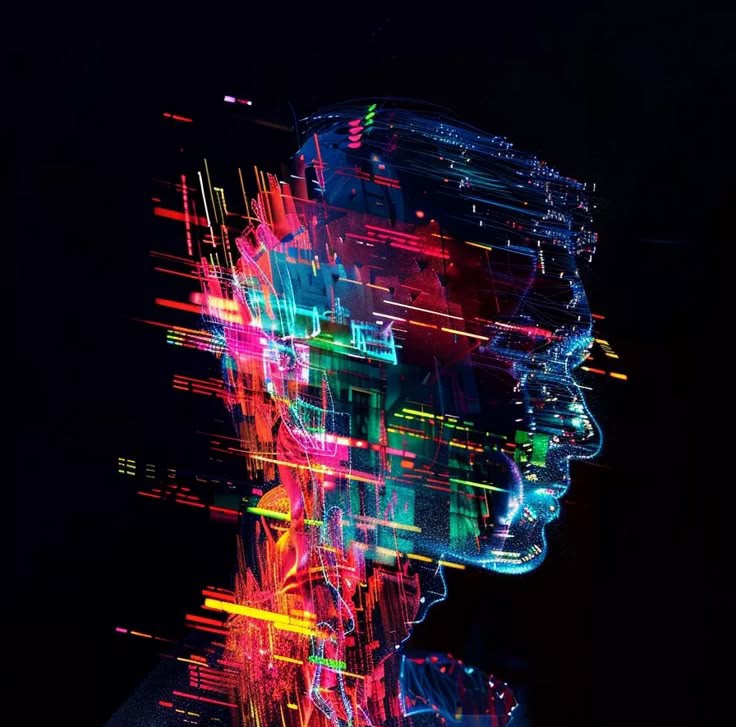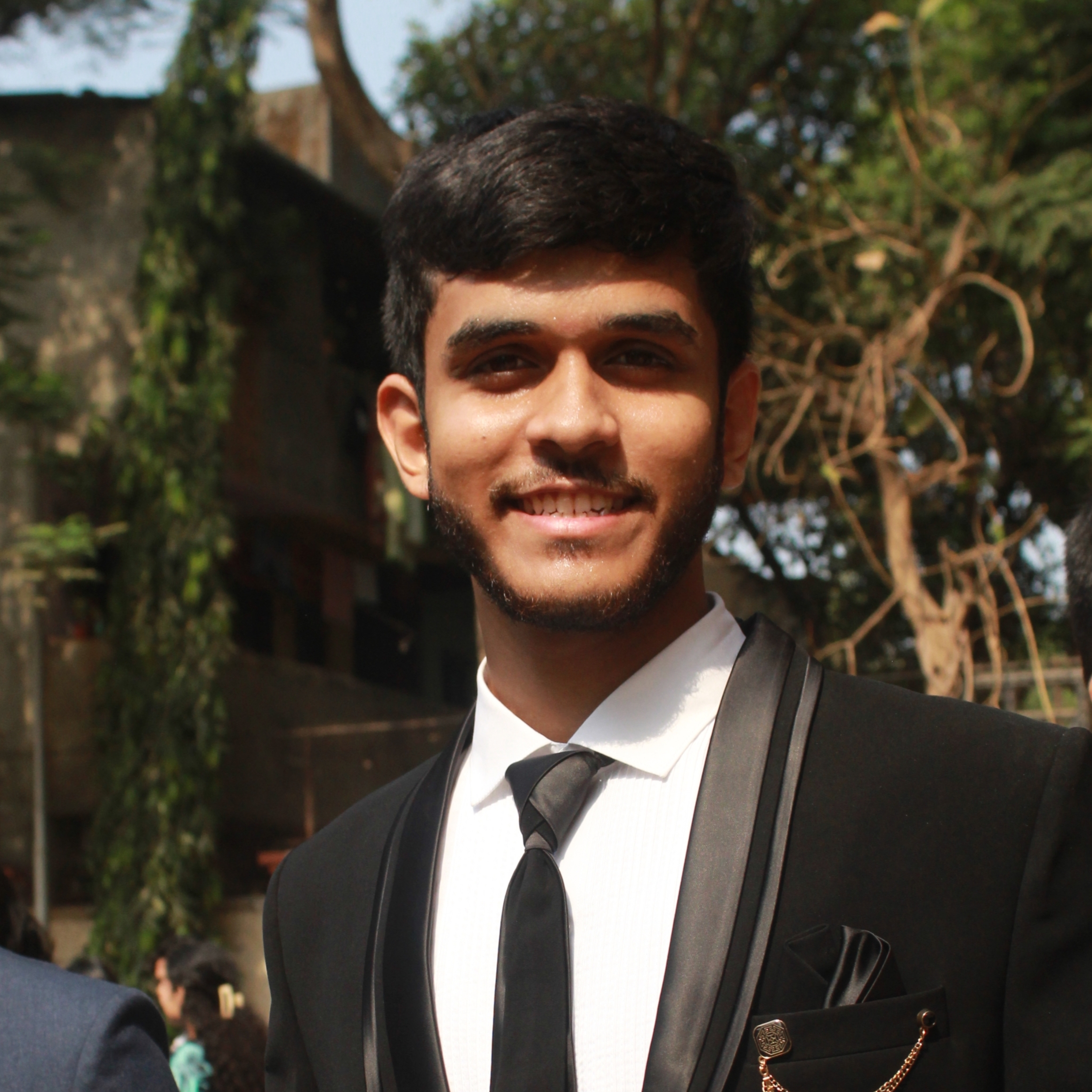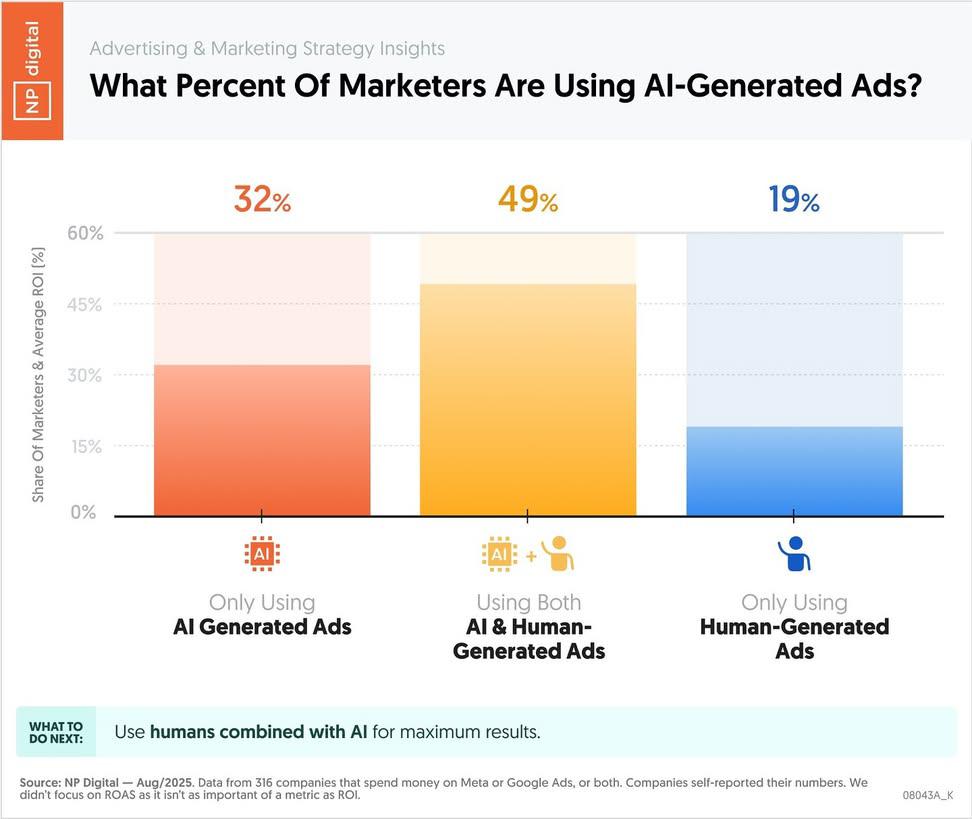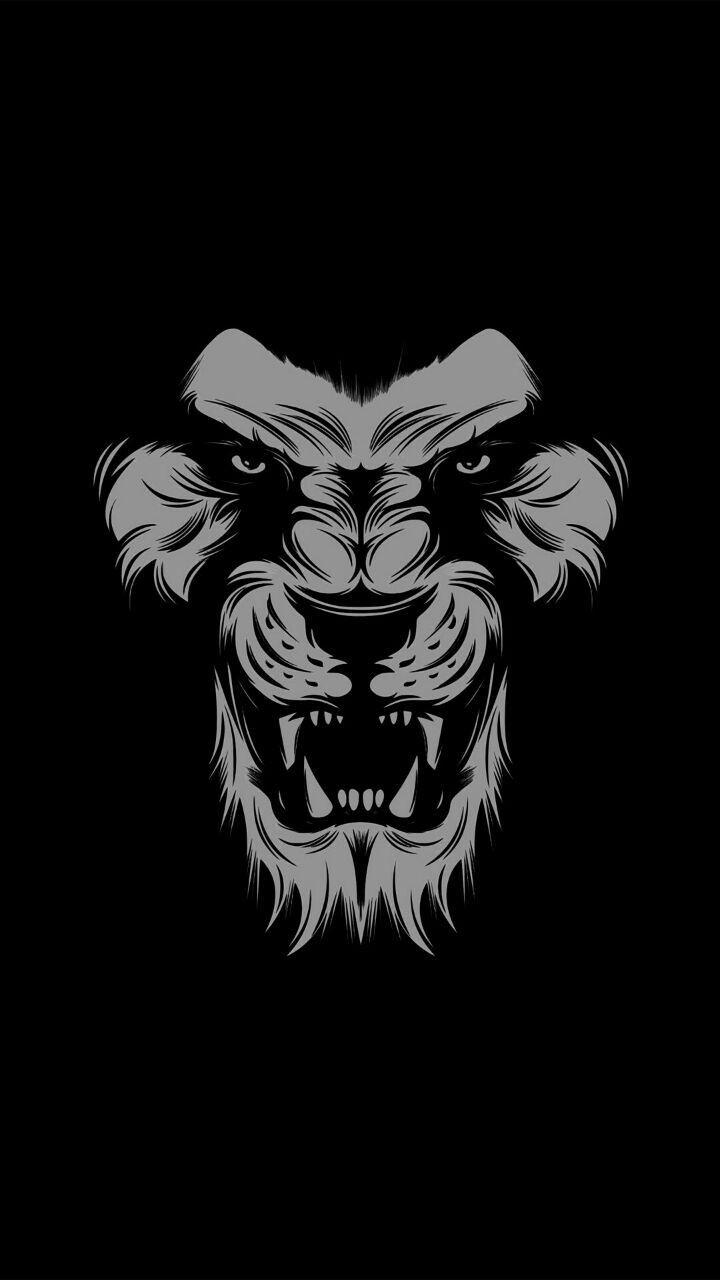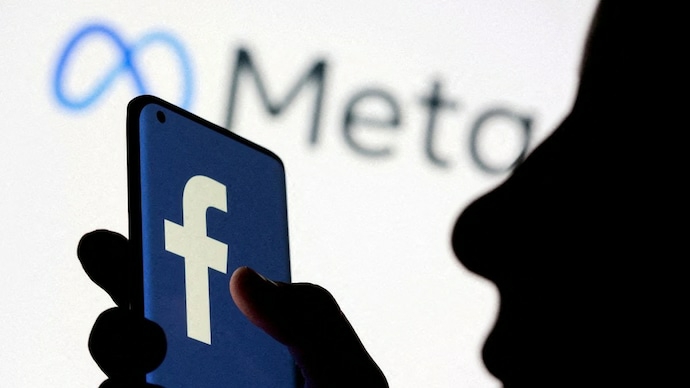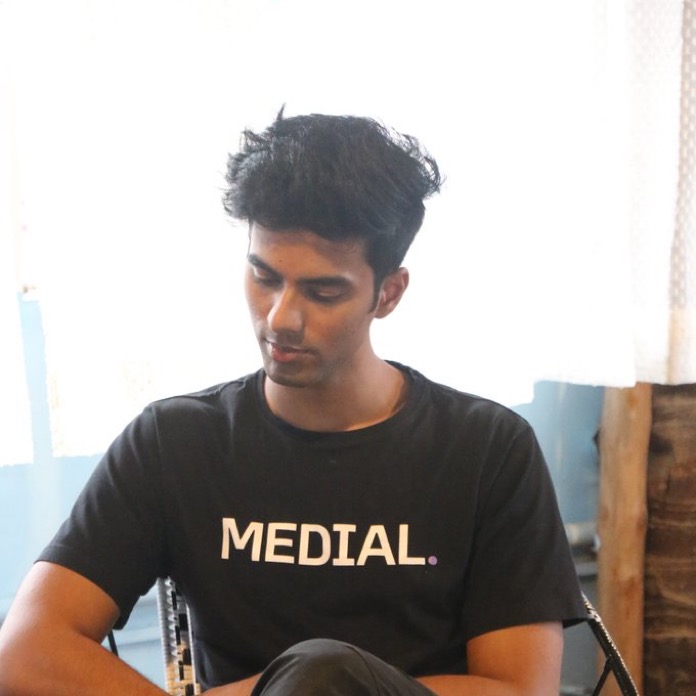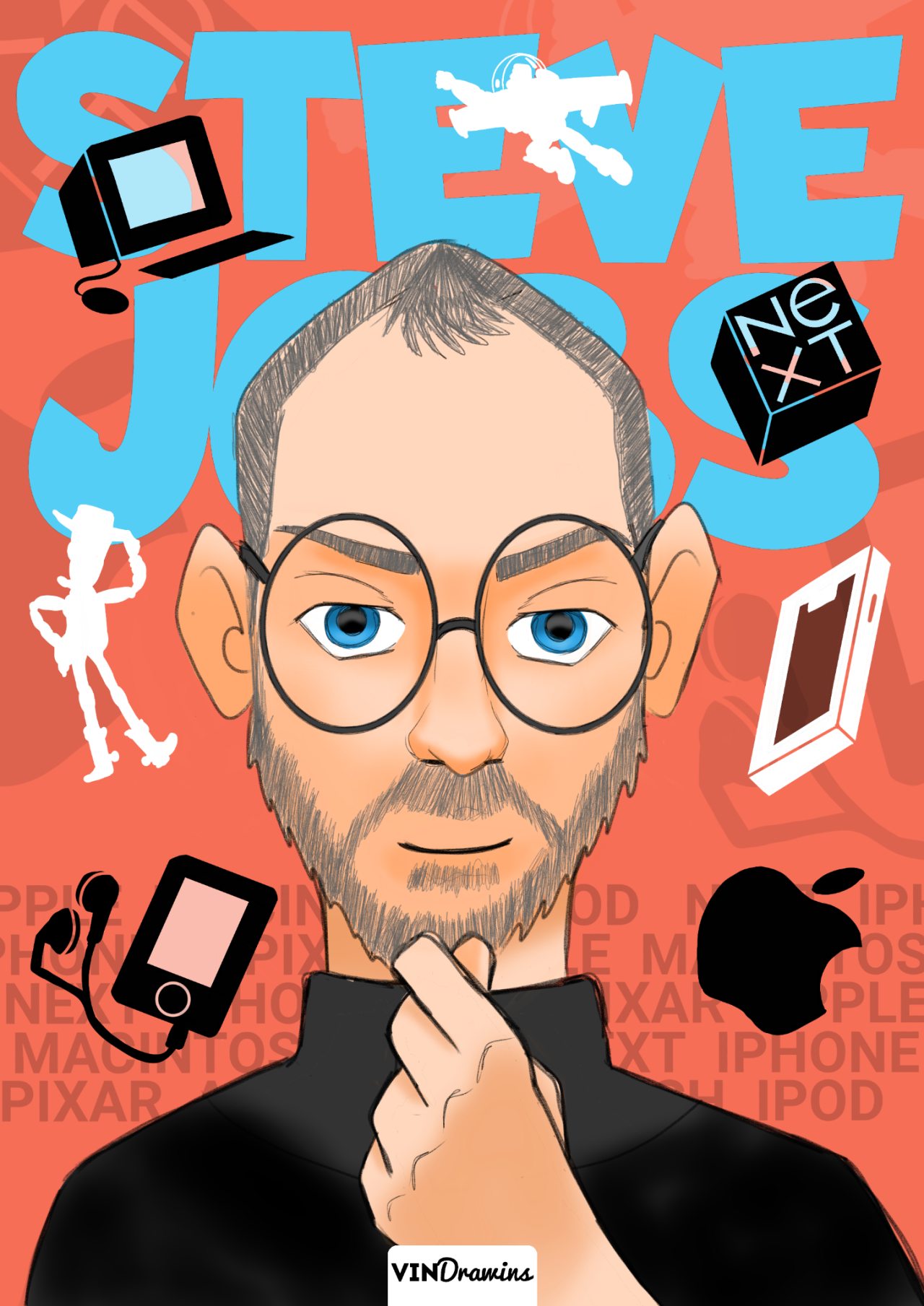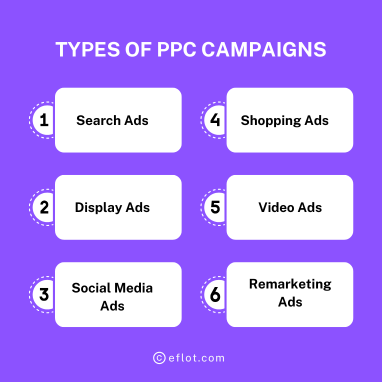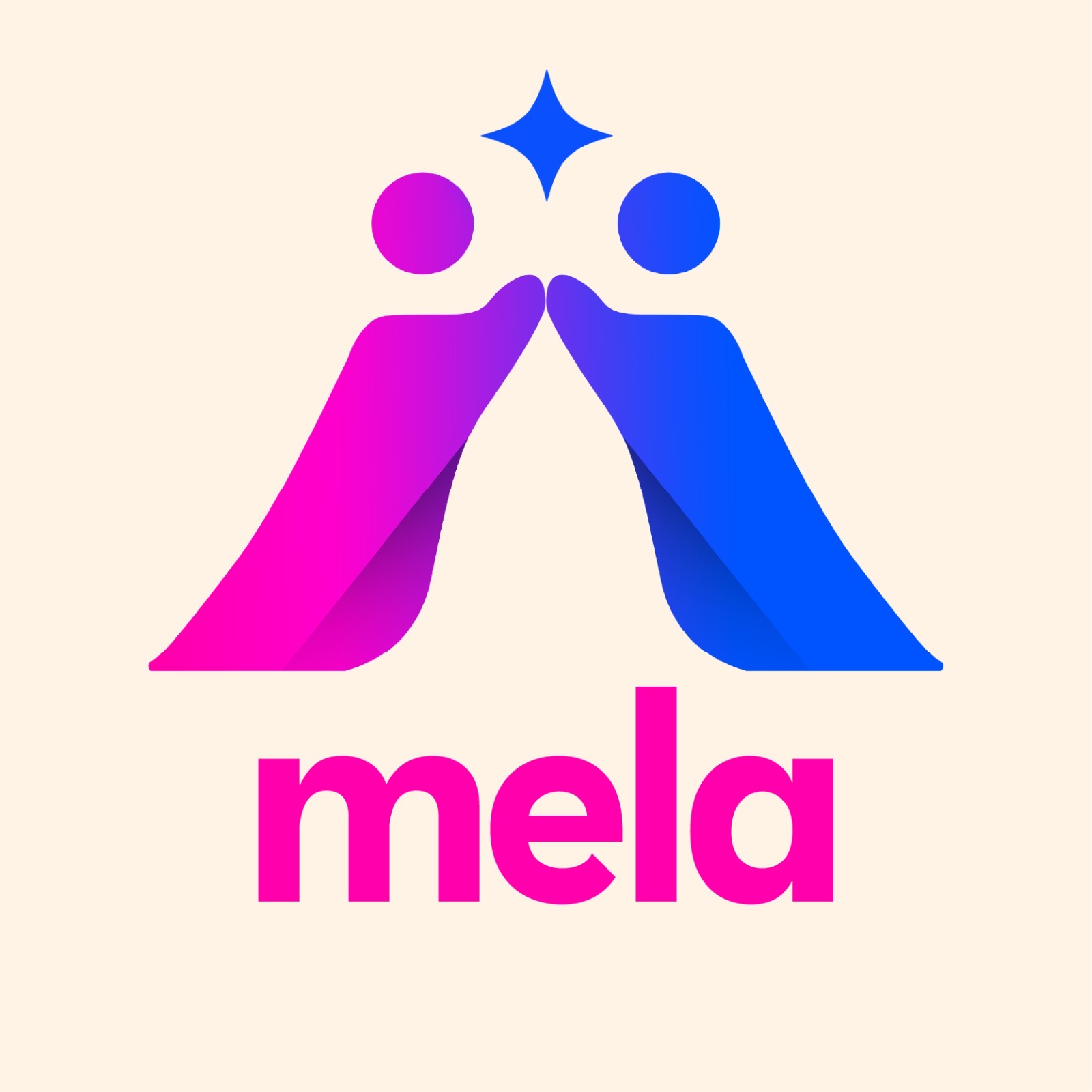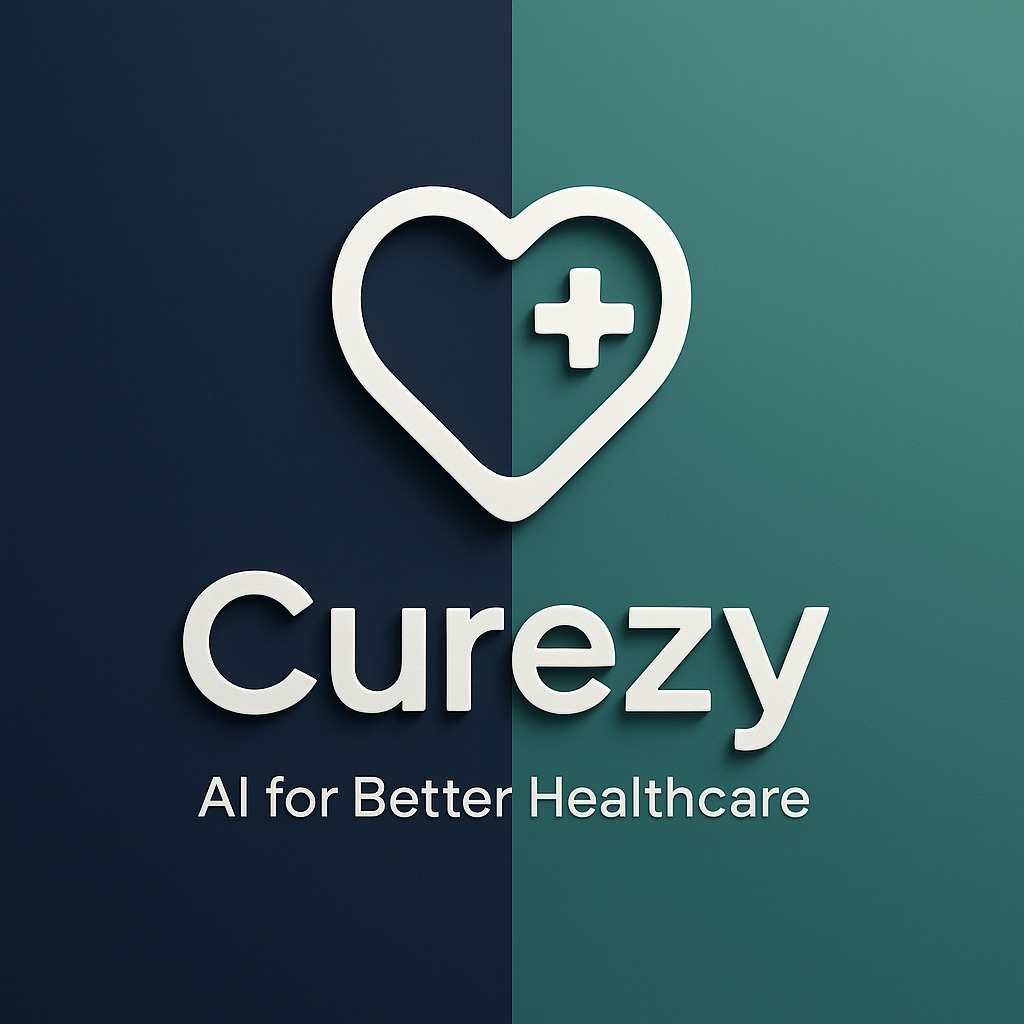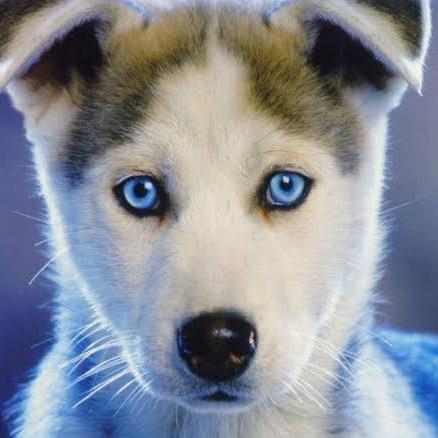Back
Rohith R
I help businesses to... • 1y
90s Kids out there, Do you remember these ads, "Washing powder nirma"🕺 Fevicol's egg and chicken ad😂 Amul butter ads😋 and lot more... You see most of the millennials and boomers loves those 80s and 90s ads showed on tv and still watches them through YouTube (Check those views!..) I was thinking what's the reason people watching those ads as a entertainment (Like literally we not heard like that right?!!). Was it for their song?, or its funny and relatable?.... I deepen down into it and found some reasons why it stands out and forever remembered in peoples mind - Old ads had simple, heartfelt messages that didn’t rely on complex storytelling or flashy effects. They focused on universal emotions—like family bonding, pride, or happiness—that resonated with everyone. Today’s ads often aim to be clever or trendy, but they sometimes lose that human touch. - The old ads had unforgettable jingles and taglines. Who can forget “Washing Powder Nirma,” “I love you Rasna,” or “Utterly Butterly Delicious?” These musical hooks stayed in people’s minds and became part of pop culture. Now, ads focus more on visuals or celebrity endorsements, and they rarely rely on jingles that stick with you. - The ads from that era were deeply connected to Indian family values and everyday life. They often highlighted themes of togetherness, simplicity, and pride in Indian identity, which audiences related to easily. Today’s ads are often fast-paced, catering to individualism or modern lifestyles, which may feel less relatable to a wide audience. - Back in the day, there were fewer ads, and they had longer airtime, so people got more familiar with them. There was no internet clutter or endless scrolling, so people actually paid attention. Today, with social media and YouTube, ads are shorter, more frequent, and compete heavily for attention. As a result, they come and go quickly without leaving a lasting impact. - Old ads were subtle in their approach. They didn’t push the product too hard; they focused more on a story or a feeling, with the product woven in naturally. Today, ads are often direct and sales-driven, with less emphasis on storytelling or subtlety. Limited Technology, More Creativity - Without advanced graphics and editing tools, older ads relied heavily on creativity, clever scripting, and real-world scenarios. Modern ads sometimes lean too heavily on digital effects or celebrity presence, which can make them feel less authentic or memorable. What's the biggest takeaway for your business? Stop spending on meaningless marketing??, What do I mean with meaningless??… Stay tuned..in my future posts I will share my experience on how to do marketing in a way the people love it. So don't forget to follow ;) What's your opinion? At what aspect old ads differs from new ads at your POV? Also share some memories of why you love this ad :) (Would be wholesome!)


More like this
Recommendations from Medial
Vansh Khandelwal
Full Stack Web Devel... • 1y
Nirma revolutionized India's detergent market by making high-utility products affordable and accessible. Leveraging supply scarcity, Nirma filled the gap with a low-priced, high-quality detergent, gaining a significant market share. The iconic "Sabki
See MoreOnly Buziness
Everything about Mar... • 7m
Familiar Wins: How Repetition Builds Brand Trust Through the Mere Exposure Effect” The Mere Exposure Effect is a psychological phenomenon where people develop a preference for things simply because they are familiar with them. In business, repeated
See MoreRaghu Rajagopal K
Interested in making... • 1y
I believe many people use Inshorts. I think their revenue comes only from advertisements, and they likely don’t use Google Ads. Their ads are eye-catching with impressive infographics. My question is: How do they obtain these ads? Do they approach co
See MoreDownload the medial app to read full posts, comements and news.



